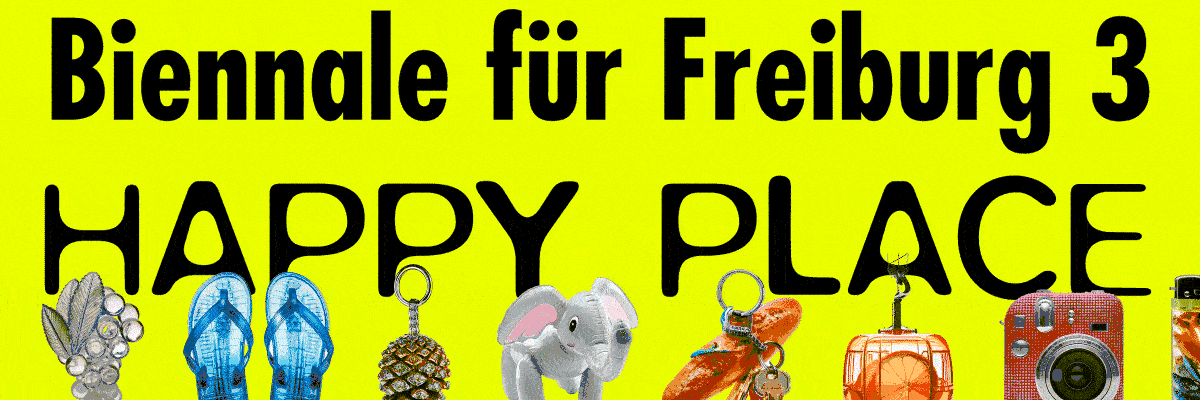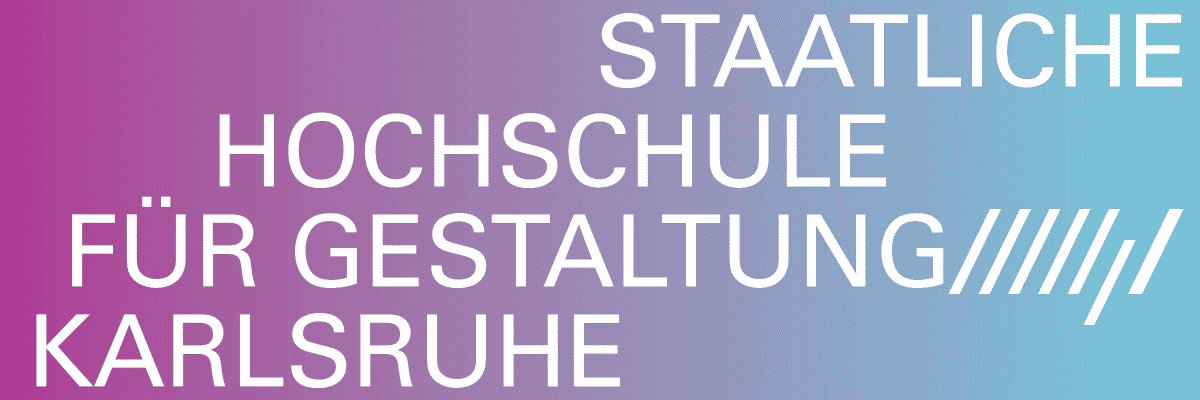
Ziva Drvaric
some have many suns and moons
Project Info
- 💙 Kunstraum Remise
- 💚 Luka Berchtold
- 🖤 Ziva Drvaric
- 💜 Luka Berchtold
- 💛 Christa Engstler
Share on

Ziva Drvaric, some have many suns and moons, Installation view
Advertisement

Ziva Drvaric, some have many suns and moons, Installation view

Ziva Drvaric, some have many suns and moons, Installation view

Ziva Drvaric, some have many suns and moons, Installation view

Ziva Drvaric, some have many suns and moons, Installation view

Ziva Drvaric, Carriers, 2025, screen print on paper roll, aluminium, 17 x 263 x 50 cm

Ziva Drvaric, Carriers, 2025, screen print on paper roll, aluminium, 17 x 263 x 50 cm

Ziva Drvaric, Reflection VII, 2025, screen print on canvas, 110 x 80 cm

Ziva Drvaric, Switch, 2024, pencil on paper, two nails 9 x 7 x 0,9 cm

Ziva Drvaric, To and From, 2025, two smart light bulbs, lamp holder, stainless steel, micro controller, 24 x 24 x 235 cm

Ziva Drvaric, To and From, 2025, two smart light bulbs, lamp holder, stainless steel, micro controller, 24 x 24 x 235 cm

Ziva Drvaric, To and From, 2025, two smart light bulbs, lamp holder, stainless steel, micro controller, 24 x 24 x 235 cm

Ziva Drvaric, To and From, 2025, two smart light bulbs, lamp holder, stainless steel, micro controller, 24 x 24 x 235 cm

Ziva Drvaric, Interiors II, 2025, screen print on canvas, 70 x 50 cm

Ziva Drvaric, A slow dance of proximity, 2025, Video loop

Ziva Drvaric, A slow dance of proximity, 2025, Video loop

Ziva Drvaric, Observer, 2025, Aluminium, lamp holder, E14 LED light bulb, 56 x 4,5 x 18 cm

Ziva Drvaric, Observer, 2025, Aluminium, lamp holder, E14 LED light bulb, 56 x 4,5 x 18 cm

Ziva Drvaric, Adjustment, 2024, Two custom-made stainless steel rulers, 33 x 1 x 2 cm

Democritus about Atoms and Void, Pages for the visitors to take away
The poetry of the universe and the coexistence of planets with their suns and moons were already explored by the early Greek philosopher Democritus (c. 450 BCE), who is considered a key figure in ancient atomism and wrote, among other things, texts on the nature of the soul and the fundamental structures of matter. This exhibition unfolds as a scenographic interpretation of a passage from one of his texts, which is also displayed on the wall near the entrance, where visitors are invited to take a copy with them. In his notes, Democritus describes dimensions, quantities, and dynamics among particles, resulting in harmony or disharmony. He referred to atoms as “worlds” and highlighted the void as an essential element for the movement and encounter of matter. When these worlds collide, they destroy one another. Much like the stars around which planets revolve — and without which darkness would prevail — the exhibition is also shaped by light: physically, in the form of simple light bulbs, but also as effigies in screen prints — a printing process that relies on the exposure of light-sensitive material. Everyday objects and architectural elements that reflect human needs vary in form and material, shifting subtly in position and arrangement. The fragility of the objects and their careful arrangement in space, with sufficient spacing between them, imply the danger of mutual destruction.
The artist describes paper, a highly receptive and lightweight material, as the substance that comes closest to our thoughts — a medium for notes, sketches, or models. We often speak of cognition and thinking as if information “flows.” The philosopher René Descartes once proposed that thoughts were governed by the flow of fluids through tubes in the brain. Two paper rolls on the floor reference this metaphor of mental “streams,” while the presence and absence of fluidity also appear in other everyday objects. Two empty bottles are nestled inside one another, suggesting inner and outer parallel worlds. In the video loop, liquid stirs inside still, fragile bodies, sending soft waves. The flow transitions into a wave of light on the opposite wall, where cyclical motions echo one another, governed by repetition. A light switch made of paper, whose shape alone makes you think of switching it on and off, reminds of thinking itself, and how everlasting it is. As everlasting as the continuity of the everyday.
Luka Berchtold



